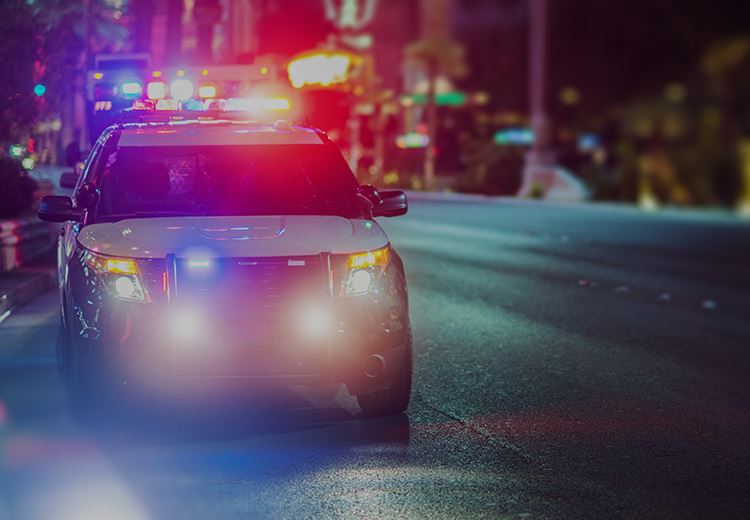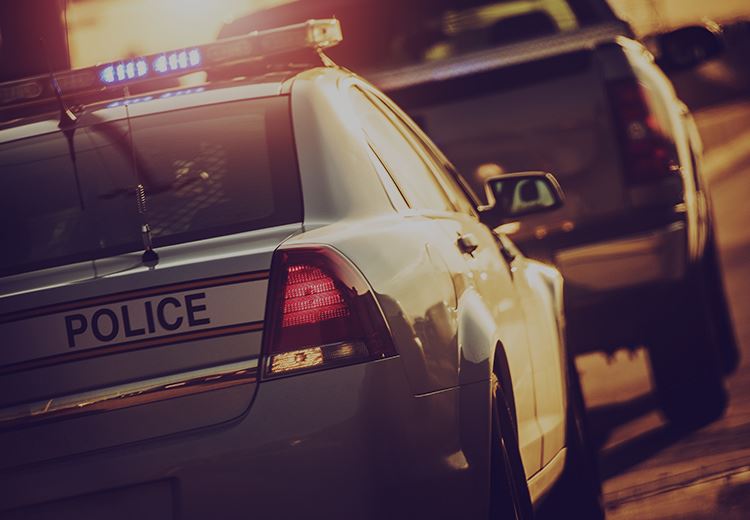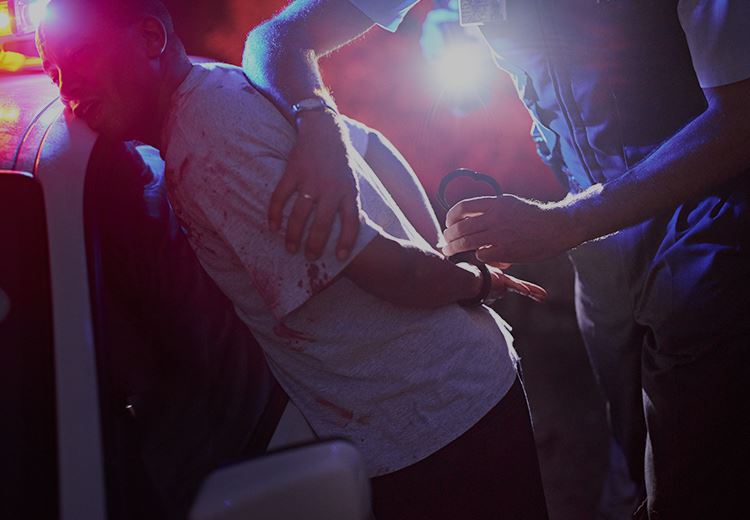
Breath & Blood Alcohol Testing
The implied consent laws of California provide that if you are arrested for drunk driving, you are presumed to have implicitly consented to chemical testing as a condition of the privilege to drive. Your driving privilege can be suspended if you refuse to submit to testing. The chemical test will typically consist of your choice of breath or blood analysis; a urine sample can be taken instead if neither breath nor blood is readily available.
For further information about breath and blood alcohol testing and our law firm, see Lawrence Taylor’s videos on this site. Call us at (562) 330-4173 to schedule a free initial consultation.
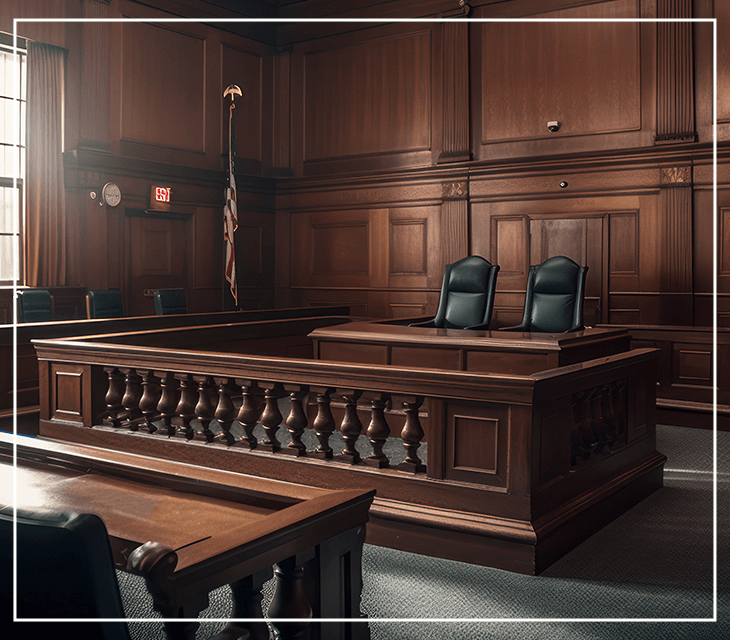
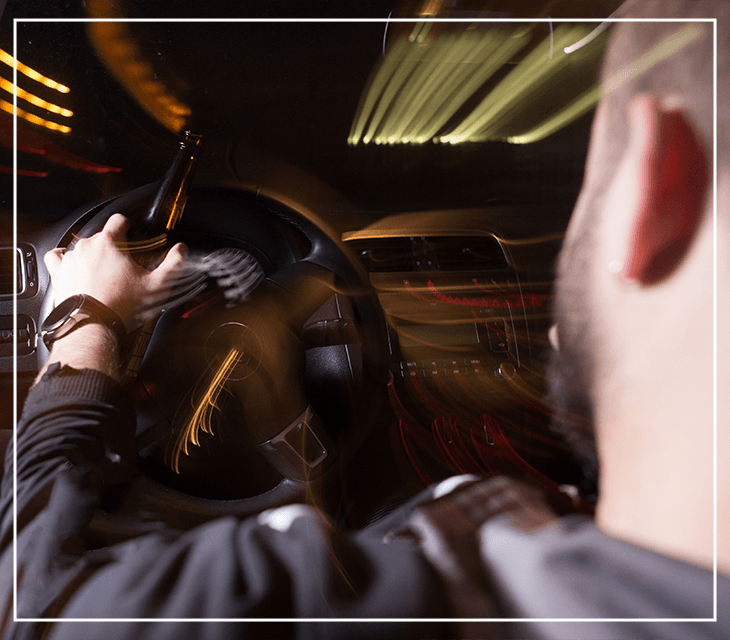

-
"Chris not only got me down to a Wet Reckless but was able to significantly reduce the penalties I would face."
Im am so glad that I read the reviews of Taylor and Taylor after my first "incident" and immediately contacted them. Chris ...
Suzi J. -
"I would recommend this firm with no qualms!"
I received counsel in a sensitive legal matter from Lawrence Taylor Sr., and his advice was spot on. I did some research and ...
Jerry S. -
"Christopher always made me aware of what was going on with my hearings, and got me the best outcome possible."
When you need to get a lawyer, you aren't usually in a great situation. I wasn't at least. Christopher and his team never ...
Jessica S. -
"Won DMV hearing and got my case expunged for a minor issue"
Truly great team of lawyers. Handled everything the very best they could. Won DMV hearing and got my case expunged for a ...
Nick T. -
"I have come across many attorneys in my life and I have never been treated as well as I have her"
I have come across many attorneys in my life and I have never been treated as well as I have here. Every phone call was ...
Anthony D. -
"This is a top level law firm. The Bible of DUI's comes from this firm!"
This is a top level law firm. The Bible of DUI's comes from this firm! These are the guys other attorneys call when they are ...
Tania C. -
"Mrs. Normandeau is by far the hardest-working and most diligent attorney I have ever met."
I cannot express enough gratitude towards Taylor and Taylor's Attorney, Jeanne Normandeau. I hired Mrs. Normandeau for a VERY ...
Bruce R. -
"Jeanne Normandeau is a great lawyer. She knows how the Riverside court judges work."
Jeanne Normandeau is a great lawyer. She knows how the Riverside court judges work. She will fight for you and will get you ...
Joe E. -
"They will fight strategically to help you win your case."
These are the best lawyers in LA/OC when it comes to DUI cases. They will fight strategically to help you win your case. My ...
Kendall L. -
"Thankfully Mr. Taylor was able to help fight my case without me ever having to go to court"
You should never drink and drive anywhere, but especially don't do it in la Jolla! Cops down here have nothing better to do ...
Steven K.
DUI Prosecution Before Scientific Testing
In the past, the prosecutor’s case rested solely on the arresting officer's testimony. The evidence against the defendant consisted entirely of the officer’s observations of the defendant and of their opinion as to sobriety. But the pitfalls were many. The police officer’s word could be challenged, and there was nothing to corroborate their observations. The validity of their opinion could be questioned, and their opinion often had little special education or training behind it. Perhaps most importantly, the prosecutor had to fit the DUI defendant within a vague, ill-defined category entitled “under the influence.” At no time could the prosecutor offer any evidence but outward symptoms and opinions, and they could even spell out the DUI offense beyond such amorphous phrases as “substantial impairment.”
Two factors led to a drastic change in this situation. The first was the advent of advanced scientific techniques within criminalistics laboratories. Law enforcement increasingly turned to scientific detection methods to prove criminal conduct. Then, in 1938, the American Medical Association set up a “Committee to Study Problems of Motor Vehicle Accidents”; at almost the same time, the National Safety Council established a “Committee on Tests for Intoxication.” Studies by these committees resulted in a recommendation that legal standards be set for determining a driver's intoxication by chemical testing. Although there was some disagreement among the prominent medical members of the committees, the consensus recognized that any individual who had .15 percent alcohol in their blood could be presumed to be under the influence of alcohol; anyone having less than .05 percent of alcohol could be presumed to be not under the influence; and those individuals falling in the .05 – .15 percent midrange might or might not be under the influence – that is, the test would not be conclusive. The .15 level was lowered in 1960 by the recommendations of both committees to .10 percent (this vacillation of medical experts, incidentally, should give added ammunition to defense counsel for cross-examination). Since then, many states have lowered it even further – to .08 percent.
How Prosecuting DUI Cases Has Evolved
Armed with these findings and recommendations, prosecuting agencies throughout the country were able to obtain legislation requiring any driver to submit to chemical testing when requested by an officer. If the driver refused, these implied consent statutes automatically imposed sanctions, usually in the form of license suspension, regardless of the driver’s guilt. When a blood-alcohol reading was obtained from the test, still other statutes determined what presumption, if any, was to be drawn legally from the reading, and the jury was to be instructed accordingly.
The prosecution in a DUI case was now armed with not merely the opinion of one officer but with “science” he could now “prove” to the jury what the chemical state of the defendant’s body was at the time of the arrest. Furthermore, he could now define for the jury exactly what “under the influence” consisted of; quite simply, it meant having a blood-alcohol reading in excess of .08 or .10 percent. Prosecuting a DUI case became largely a matter of obtaining a blood-alcohol reading and comparing it to the statutory presumptive levels.
But even this was not enough. Backed by increasing public hysteria and the attendant political pressures, prosecutors have succeeded in obtaining the passage of so-called DUI “per se” laws. These laws make it illegal simply to drive with a blood-alcohol level in excess of a certain amount – usually .10 or .08 percent. No longer is intoxication even relevant: The crime of DUI consists entirely of driving while having a given physiological condition. Under such statutes, chemical evidence has taken on even greater importance. The accused’s right to jury trial in a DUI case has increasingly been supplanted by “trial by machine” – that is, innocence or guilt is largely determined by a breath analyzing device.
-
We Wrote the Book on DUI Defense
-
Former County of Orange Attorney & Former LA Deputy District Attorney
-
Highly Respected by Peers and Clients
-
Only Law Firm Approved by California State Bar to Offer Continuing Legal Education
-
1st Law Firm in CA to Specialize in DUI Defense
-
Featured Twice in American Bar Association Journal for Specialization in DUI
Alcohol Tests Are Not Infallible
Yet, blood-alcohol tests in drunk driving cases were designed only to corroborate the observations of witnesses, not to take their place. Many scientific studies have been completed, and many statistics have been compiled concerning the validity of the recognized blood-alcohol testing methods and the presumptive levels in DWI cases. There is considerable disagreement within the medical and scientific communities as to any conclusions that can be drawn. There are still many unanswered questions regarding breath, blood, and urine tests and their correlation with impaired driving ability. Individual tolerances to alcohol are entirely ignored, as are the individual physiological differences in absorption and elimination. Testing devices used in DUI investigations vary in quality, and none are without numerous sources for error.
Nevertheless, the significance of chemical evidence in a DUI case is considerable. Many judges, for example, will not even permit a drunk driving defendant to enter a plea at his arraignment until the blood or urine analysis results are returned from the crime lab. Prosecutors in many, if not most, courts will use the blood-alcohol reading in a given DUI case to gauge plea bargaining. If a reading is below .08 percent, for example, a traffic violation may be offered in lieu of a plea of guilty; if the reading is between .08 and .09 percent, a plea to the lesser-included offense of reckless driving may be offered; and if the figure is .10 percent or over, the prosecutor will probably insist on a straight plea as charged. Sentencing, too, is affected in many courts by the blood-alcohol level. As an example, one jurisdiction imposes one day in jail for each point over .10 percent in the defendant’s blood-alcohol reading, resulting in an eight-day sentence for a drunk driving suspect with a level of .18 percent. And, of course, chemical evidence is all-important in a DUI per se case.

With an average of 32 years of experience, a top A-V rating, and a listing in the Bar Register of Preeminent Lawyers, the firm continues to be widely recognized as California’s premier DUI defense attorney's and has twice been recognized in the American Bar Association Journal for its specialization and unique technical support staff of former law enforcement, blood-alcohol and DMV experts.
Cases Built On Tests Are Often Flawed
Clearly, the pendulum in DUI cases has swung too far in the opposite direction: The results of all-too-fallible blood-alcohol tests are today accorded far more stature than they deserve. This is a reality that the DUI defense attorney must learn to deal with. They must constantly struggle to de-sanctify the DUI testing procedures. Certainly, they must convince the jury that the procedure used in the case was generally unreliable and faulty as applied to the defendant.
The DUI lawyer will discover one benefit from this general feeling of reverence or mysticism toward the blood-alcohol reading. Many prosecutors, particularly inexperienced ones, will present the testimony of the police officer as almost an afterthought, relying instead on the blood-alcohol evidence to convict. Never mind that the officer can testify that the defendant was falling down and incoherent, the prosecutor will hurry on so that they can display the magic number to the jury. This is a common but serious tactical mistake that the DUI lawyer should take advantage of by shifting the focus of the trial from the defendant to the blood-alcohol test. The issue is changed subtly from the defendant's intoxication to the testing procedure's accuracy. Prosecutors can be protective of their chemical evidence and will concentrate their efforts on defending against the attacks of defense counsel on the breath machine, urinalysis, or blood analysis. The ultimate question in the jury’s mind will subtly shift from whether the defendant was under the influence to whether the test was valid. The defendant may well be acquitted if it was not valid, regardless of other damning evidence. In other words, the DUI defense lawyer has succeeded in putting the blood-alcohol test on trial.
The results of breath alcohol testing are susceptible to attack by an experienced DUI attorney.
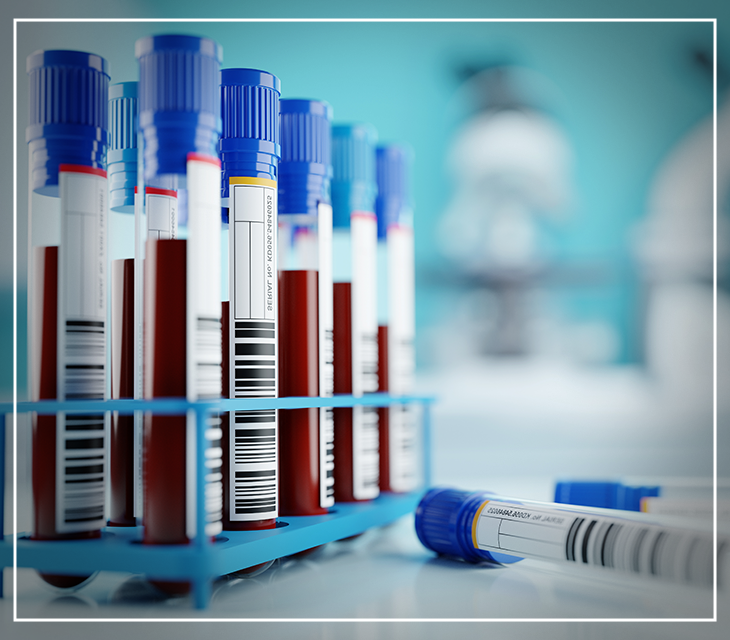

-
 Felony DUI w/ Injury
Felony DUI w/ InjuryRancho Cucamonga - 18 months prison, loss of license.
Reduced to Misdemeanor DUI (fine, no jail)
-
 Drunk Driving
Drunk DrivingLos Angeles - 6 months jail, fine, license suspension
Reduced to Exhibition of Speed (fine)
-
 2nd Offense DUI At High Speed
2nd Offense DUI At High SpeedVentura - 1-year jail, fine, loss of license.
Charges Dismissed
-
 Drunk Driving w/ Drugs
Drunk Driving w/ DrugsGlendale - 6 months jail, fine, license suspension.
Charges Dismissed
-
 DUI & Hit-And-Run (.30%)
DUI & Hit-And-Run (.30%)Vista - 1-year jail, fine, license suspension.
DUI Dismissed, Plea to Hit-and-Run (Fine)
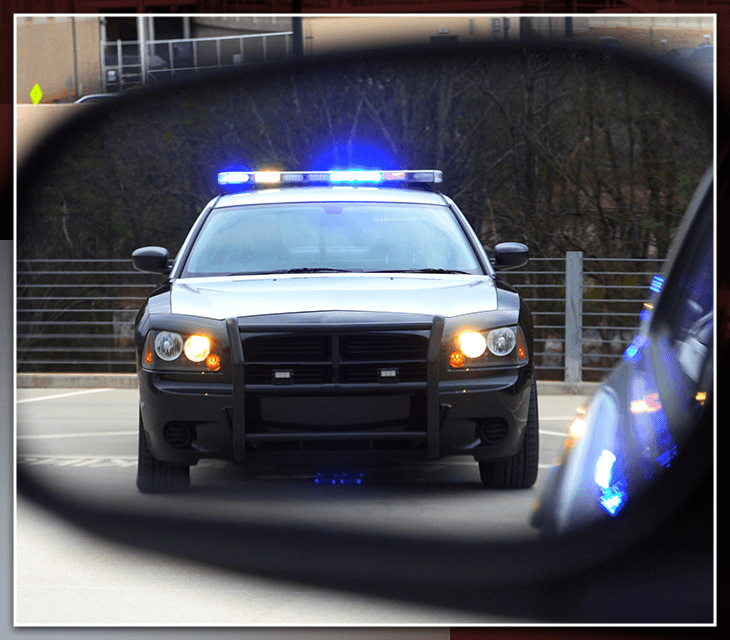

Weaknesses of
Breathalyzer Tests
Many breath alcohol analysis systems fail to differentiate between the ethanol in alcohol and that of other compounds containing ethanol. Scientific study has shown that breathalyzers are not specifically designed for ethyl alcohol (a compound found in ethanol). These machines can, and often will, detect other compounds similar to that of ethyl alcohol and will identify them improperly as ethanol. Hence, a suspect with other compounds in their system can have an inaccurately high result in a breath test.
This potential problem is most common in the infrared analyzer that most agencies use currently. The reasoning is that many of these types of breath analyzers are not specifically designed to detect ethyl alcohol. They are designed to detect just a portion of ethyl alcohol known as the methyl group. The infrared light in the analyzer absorbs the methyl group and results in a positive blood-alcohol result. The infrared analyzer can identify any compound with the methyl molecular group as ethanol.
There are over 1000 known compounds that contain the methyl molecular group. Many of those compounds, such as acetone, are commonly found on the human breath. Several scientific studies have found that many compounds containing the methyl group can be found on the breath at any time. The infrared breath analyzers detect these methyl groups and assume it to be ethanol.

